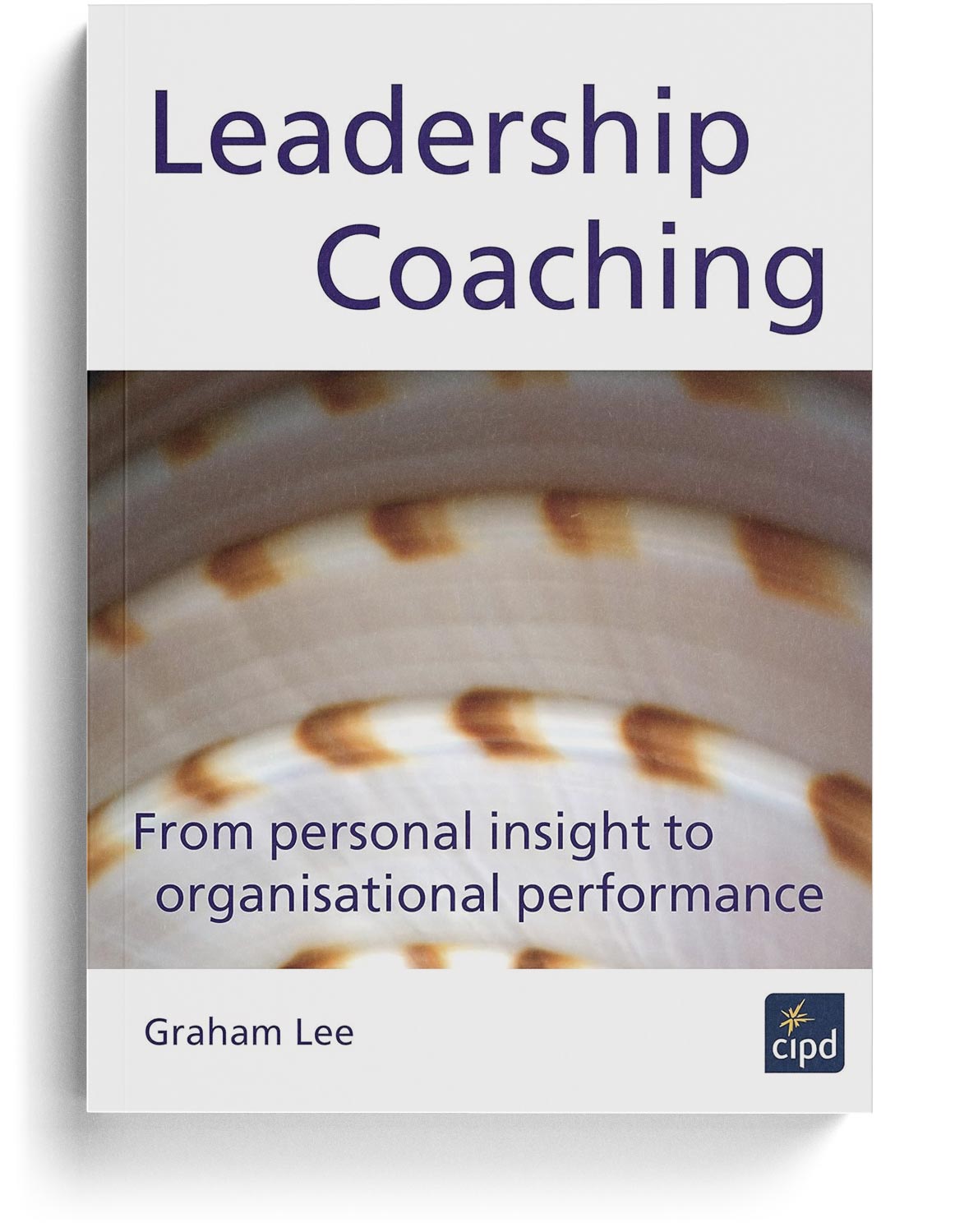Leadership Coaching: From Personal Insight to Organisational Performance

Leadership Coaching: From Personal Insight to Organisational Performance has become something of a classic since its first publication in 2003. It is still startlingly fresh today in its encouragement for coaches to address the personal as well as the professional aspects that feed into outstanding performance.

This book is shaped around a distinction between three behavioural tendencies: Defiant Leadership, Compliant Leadership, and Authentic Leadership. Defiant leaders tend to be controlling and decisive, but less good at engaging or collaborating with others. Compliant leaders tend to be good team workers and good at following organisational processes, but less good at confronting others or pushing for creative solutions. Authentic leaders are those who have developed sufficient awareness to balance their assertive and responsive tendencies in the interests of working most effectively to achieve results. The book shows how we can work with clients to identify their specific tendencies, and by enhancing self-awareness, enable them to make more skilful behavioural choices.
Summary from the book jacket
Effective leadership coaching can drastically improve performance. However, good coaching is more than just passing on your own business experience. Developing authentic leadership through coaching is about changing deeply personal, often unconscious, elements of a manager’s behaviour. In Leadership Coaching, Graham Lee explains to coaches how to be more sophisticated in their understanding of psychology and how to develop the skills needed to work on both the psychological and the practical elements of improving managerial performance.
Leadership Coaching sets out a five-stage coaching model, and works through each of these stages in detail, highlighting the skills that coaches require and the issues they are likely to face. It also offers HR managers sponsoring coaching an understanding of the competencies necessary for effective coaching and provides a standard procedure for buying in coaching services. Supported by a wide range of case studies throughout the book, this is valuable reading for both in-house and external coaches looking to effectively develop leaders and managers in organisations.
Leadership Coaching has become a key to success for both individuals and organisations. Graham Lee demonstrates here he is a master of the field, packing his book with insights and practical ideas. No one has done a better job of integrating our understandings from psychology into the training of today’s leaders. I enthusiastically recommend this book to managers, coaches, therapist, and students.
David Gergen, Direct, Center for Public Leadership. John F Kennedy School, Harvard University.
A wise and thought-provoking account of professional coaching. Graham Lee invites us to look more deeply at managerial motivations, and shows how coaching can guide the process of increasing self-awareness and creating lasting change.The model of authentic leadership is particularly useful; I could immediately recognise how colleagues fit within it, and so understand the psychological journey that coaching will ned to entail.
Stuart Horwood, Managing Director, BT Wholesale Markets